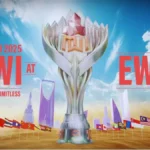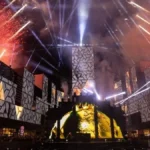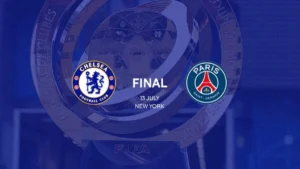St. Mark’s (West Gorton), a football club founded in 1880, changed its name to Ardwick Association Football Club in 1887 and then to Manchester City in 1894. After playing at Maine Road since 1923, the club relocated to the Etihad Stadium in east Manchester in 2003. The squad adopted sky blue as their home color in 1894.
They are the fifth-most successful club in English football, having won eight League crowns, six FA Cups, eight League Cups, six FA Community Shields, and one European Cup Winners Cup.
History of Manchester City
By winning the Second Division in 1899, City earned its first distinctions and were immediately promoted to the First Division, the top division in English football. After finishing as runners-up in the League that season, they went on to win their first major trophy on April 23, 1904, defeating Bolton Wanderers 1-0 at Crystal Palace to win the FA Cup. City narrowly missed a League and Cup double that season, but they did become the first club in Manchester to win a major trophy. The club was plagued by charges of financial problems in the seasons that followed the FA Cup victory, which culminated in the suspension of seventeen players in 1906, including captain Billy Meredith, who later transferred across the street to Manchester United.
Club Badge and Colors of Manchester City
The home colors of Manchester City are white and sky blue. Traditional away kit colors have either been maroon or (starting in the 1960s) red and black, but more colors have been utilized since. There is evidence that the club has worn blue from 1892 or before, while the origins of the home colors are unknown. West Gorton (St. Marks), according to sources from 1884, initially wore red and black, and a pamphlet titled Famous Football Clubs – Manchester City published in the 1940s mentions the team sporting black jerseys with a white cross, indicating the club’s roots as a church side.


























